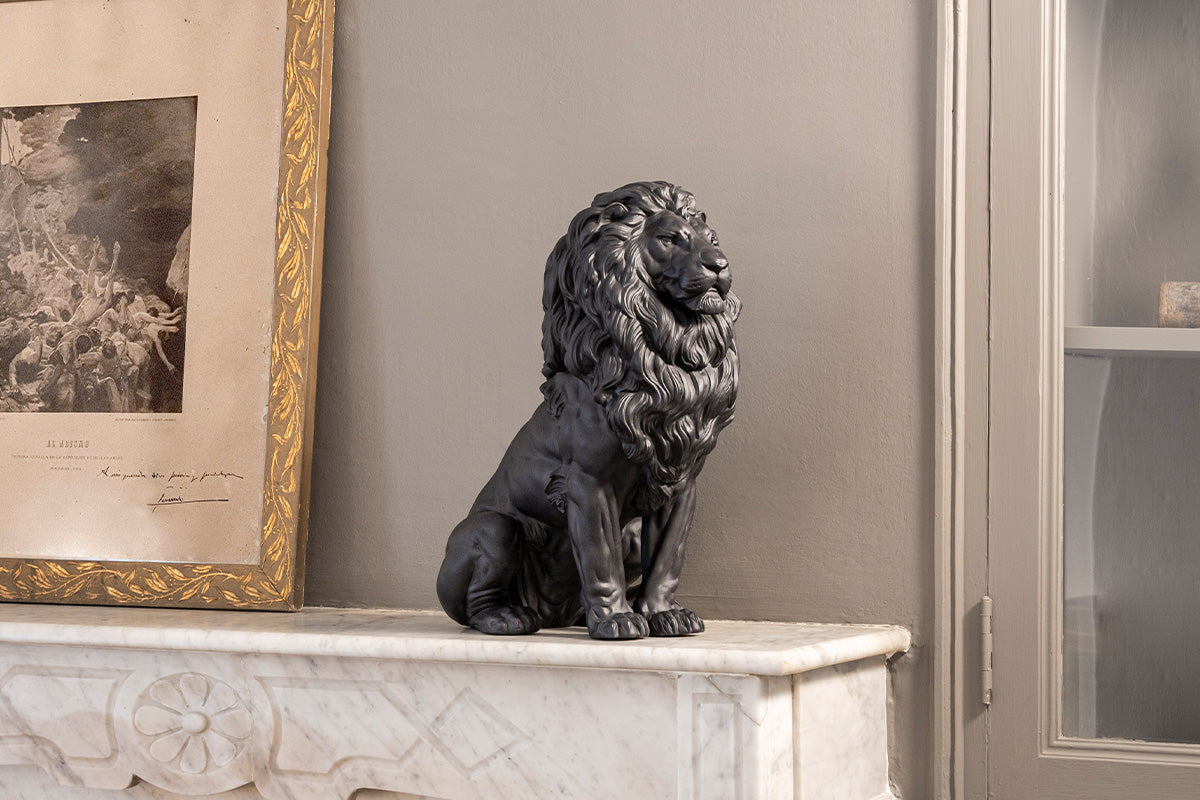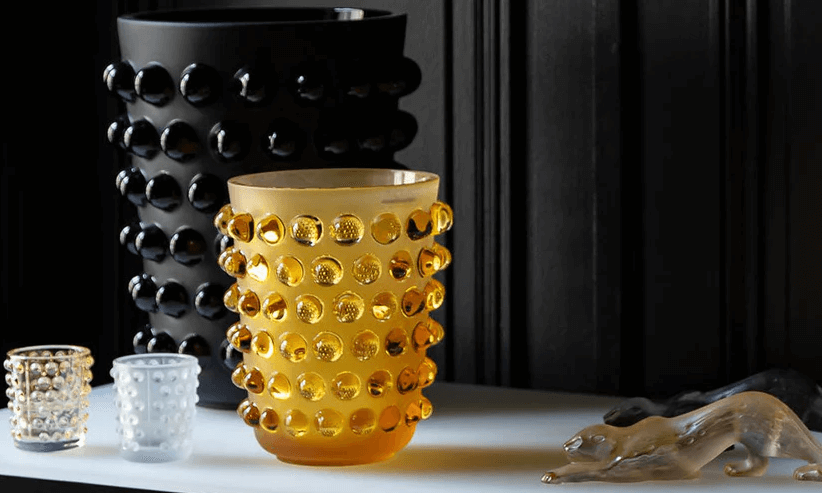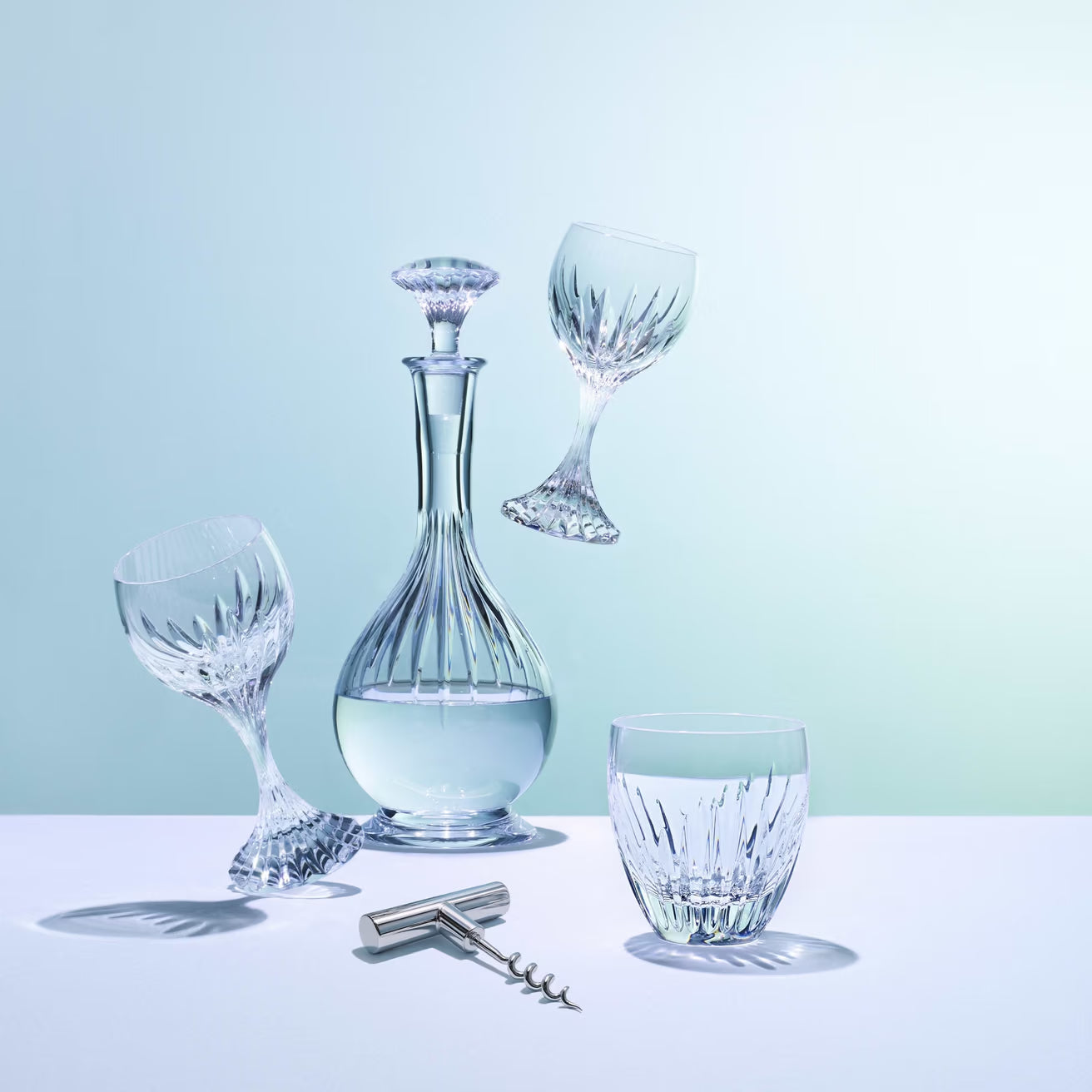The Lladró Difference: Capturing Movement in Sculptures
Tagged with:About Lladró
Share

Lladro's Champions Team Footballers Figurine.
The depiction of movement in art has always fascinated humankind. So much detail goes into a piece of art with movement. In a painting, there has to be different textures, lines and contrast in what is stationary in that moment, and the items that are moving, to achieve that illusion of movement.

Lladro's Flamenco Dancers Couple Figurine (left).
In sculptures, it is much easier to find pieces where the person or animal is stationary, rather than in movement. If it was difficult to create anatomically accurate pieces, creating pieces that are suspended in movement takes it to another new level and difficulty. Sculptures that depict movement have been shaped with elements and details that direct the eye to suggest movement. In the Champions Team sculpture above, the muscular details of his thigh has to be consistent with his movement of kicking the ball.
Lladro's Buleria Flamenco Dancer Woman Figurine Red (right).
Why? Because to achieve the best result, there has to be a consistency in the details to depict the movement, and in a sculpture, this has to be accurate 360°. There’s just no place to hide and mistakes can be glaringly obvious. If the wind blows one way, minute details like the folds of one’s shirt or how the wind blows on the hollows of one’s cheek is a mark of a great artist versus one that isn’t good.
When it’s done right, a sculpture is brought to life. A sculpture that captures movement, captures a moment, captures energy, captures emotion. It is easier to trigger a visceral emotion, and with the play of light and shadows, the same sculpture looks different in different lights, giving you the ability of rediscovering different details each time you look at it.
The following are a couple of Lladro pieces that portrays movement well:








